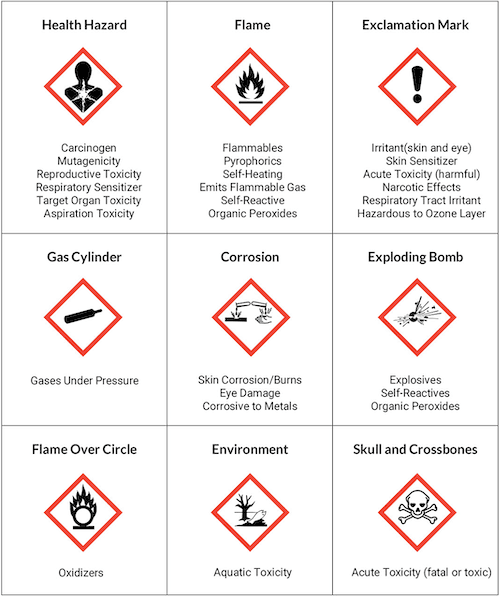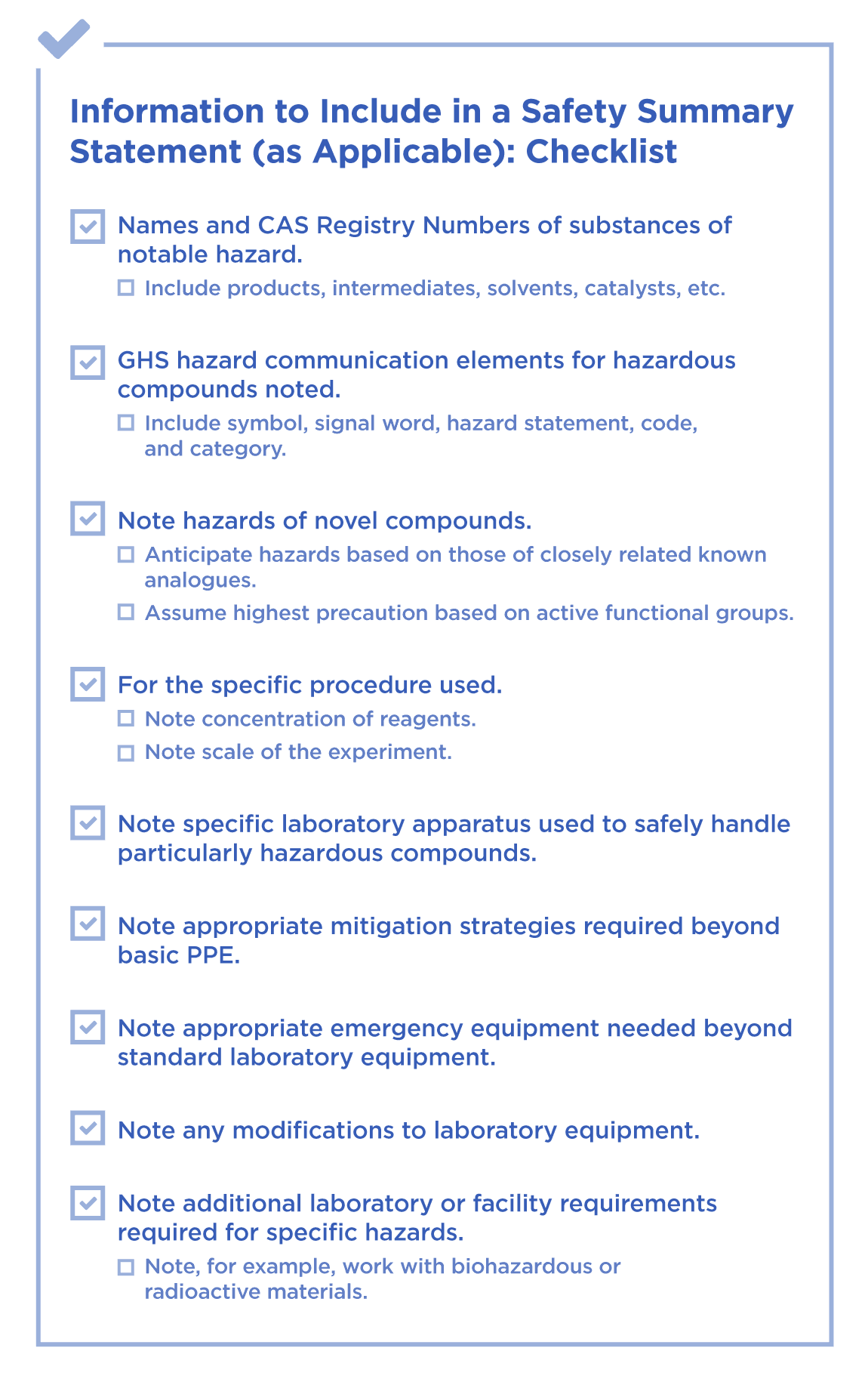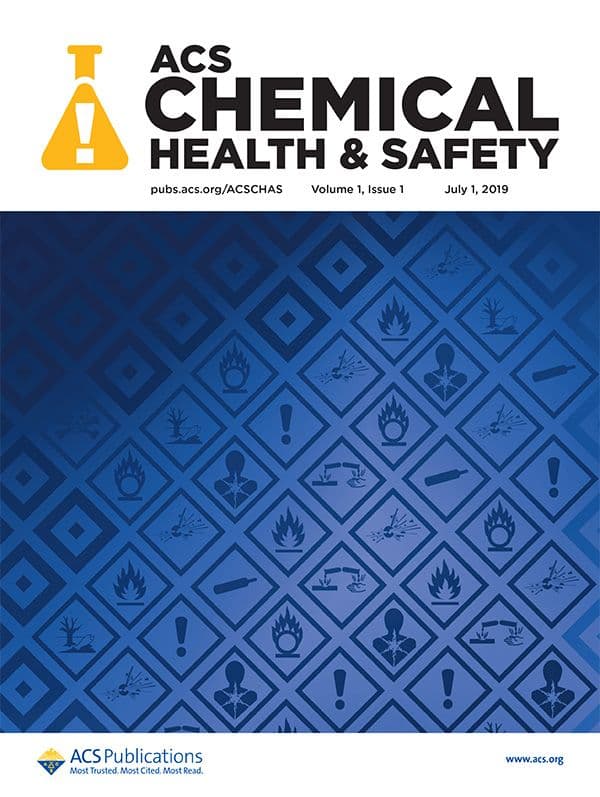In Part 2 of this three-part series, provide tips and best practices for authors to formulate a well-written safety summary statement.

This article was originally published on October 17, 2022. Updated with additional resources on August 14, 2023.
How to RAMP Up Your Safety Statement
Including a clear, articulate safety summary statement in your research is vital to ensuring that others who reproduce or expand upon your work can prepare for significant hazards and conduct their own methods as safely as possible. Therefore, crafting your statement should go beyond simply writing a few lines of text—there are many important things to consider before and during the safety reporting process in your manuscript.
In Part 1 of this series, we provide an overview of RAMP, a system that guarantees laboratory safety measures are at the top of every scientist’s mind before and during experimental processes. After Recognizing significant hazards and Assessing associated risks, you can apply this information to your safety statement to help both yourself and others Minimize these risks and Prepare thoroughly for possible emergencies.1

The image above contains the nine pictograms established by the Globally Harmonized System of Classification and Labelling of Chemicals (GHS).2 These symbols are located on chemical containers and labels, allowing you to quickly recognize the nature and possible hazards of a chemical. Certain chemical classes are noted as being of particular concern and should always be included in your safety statement.3
It is crucial to document any reaction or process hazards as well. Some examples include elevated temperature or pressure, highly exothermic processes, oxygen/fuel mixtures that are ignitable, or any factors that could make your process more complex such as radiation or biological pathogens.3
After identifying all hazards involved in your experimental process, you must then assess any risks from these hazards. Risk assessment involves consulting authoritative resources and analyzing the available data throughout all stages of your experiment to inform the best strategies for minimizing risk. There is no denying that risk assessment is often the most lengthy and complex component of RAMP, but there is a wealth of information and resources available for you to reference along the way.
Essential safety information should outline the approaches and strategies used to minimize risks and prepare for unforeseen emergencies. Examples may include using special equipment, substituting with a less hazardous method, or, in extremely high-risk scenarios, eliminating the use of certain hazards.3
What to Include in a Safety Summary Statement: A Checklist
The checklist below contains important items to include in your safety statement as they apply to the journal, procedures, and audience. Other things to consider:
- Using numbers and bullets helps compartmentalize your risks and mitigations, making your statement easier to read.
- Know your audience—with a research audience, certain standard safety procedures are widely known, but a teaching audience might benefit from a bit more detail.
- Be sure to cite all sources used during the risk assessment portion of your statement.

Further Reading
ACS SAFETY RESOURCES
ACS Chemical Health & Safety
ACS Committee on Chemical Safety (CCS)
ACS Division of Chemical Health and Safety (CHAS)
Identifying and Evaluating Hazards in Research Laboratories
ACS Style Sheet for Writing Safety Statements
VIRTUAL AND SPECIAL ISSUES
Process Safety from Bench to Pilot to Plant
FROM THE ACS AXIAL ARCHIVE
Safety Is Science: ACS Publications Recognizes National Safety Month
Sharps in the Lab: Safety Procedures
How to Make Safety a Priority Before Students Enter the Lab
The Missing Piece of the Lab Safety Puzzle
RAMP Up Your Safety Education and Practice
References
- What is RAMP? The ACS Center for Lab Safety.
- About the GHS. United Nations Economic Commission for Europe.
- McEwen, L. and Sigmann, S. Communicating Safety Information. ACS Guide to Scholarly Communication 2020:1.3.1–1.3.7.
